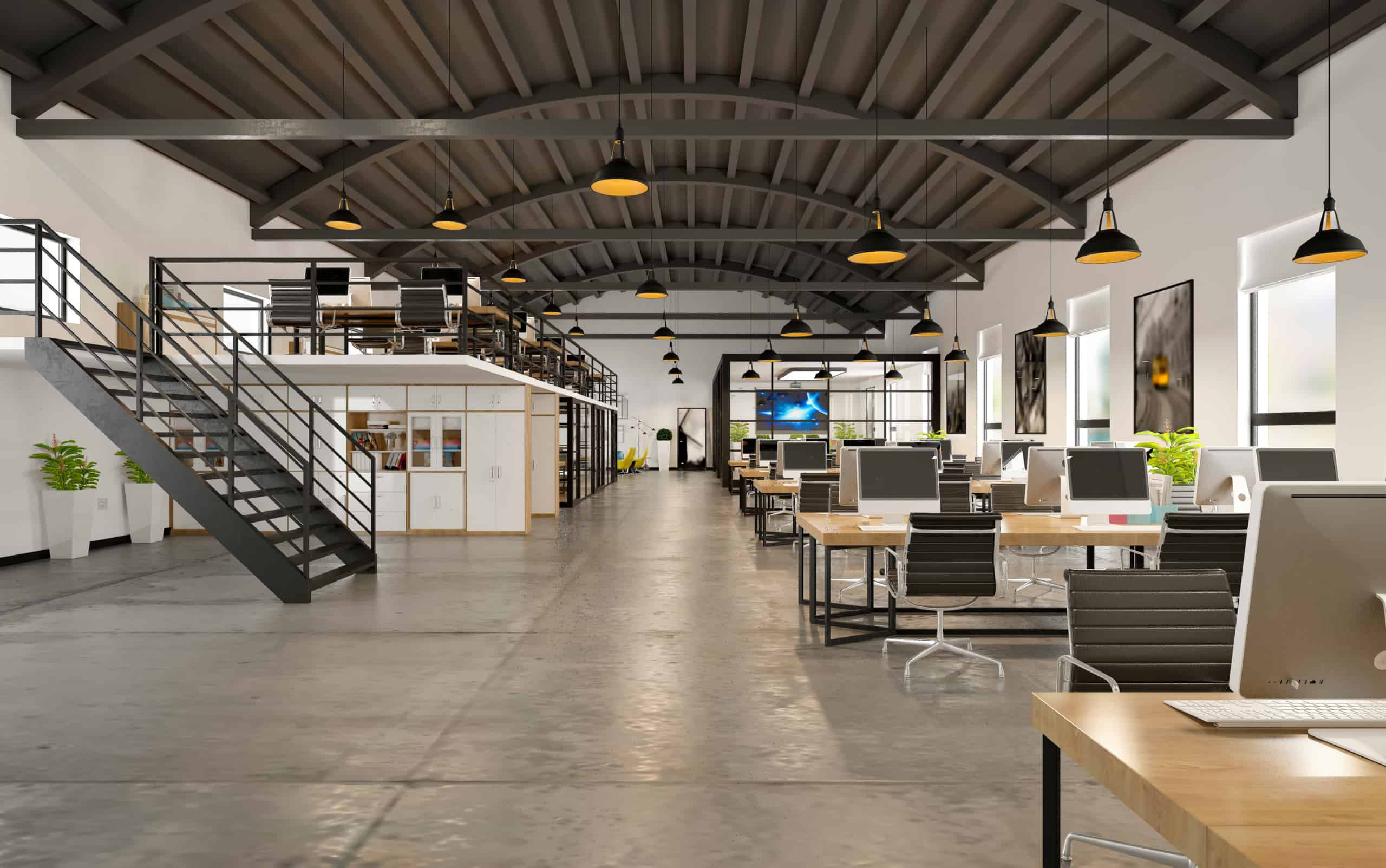Downsizing your office, or reducing the size of your workspace, may be necessary for multiple reasons. Here are some indicators that it may be time to consider downsizing:
- Cost Reduction: If your organization is facing financial challenges or aiming to cut costs, downsizing your office can be a strategic move. By reducing the physical space, you can potentially lower expenses related to rent, utilities, maintenance, and other overhead costs.
- Declining Workforce: If your organization has experienced a decreased in-person employee count due to restructuring, downsizing, or remote-work arrangements, you may have unused or underutilized office space. Downsizing can help align the office size with the reduced workforce, optimizing space usage and reducing unnecessary expenses.
- Changing Work Practices: If your company has transitioned to flexible work arrangements, such as remote work or hot-desking, there may be reduced need for traditional individual workstations or dedicated office spaces. Downsizing can help accommodate these new work practices, allowing you to focus on shared spaces, collaboration areas, and meeting rooms.
- Underutilized Space: If you have noticed that certain areas of your office are underutilized or vacant consistently, the space may not be utilized effectively. Downsizing can help eliminate excess space that is not contributing to productivity or collaboration.
- Lease Expiration or Renegotiation: When your office lease is up for renewal, an opportunity to reassess your space needs is presented. If your current space feels too large or does not align with your organization’s current requirements, downsizing can be considered during lease negotiations.
- Strategic Restructuring: If your organization is undergoing strategic restructuring, mergers, or acquisitions, these changes may require office-space optimization. Downsizing can help consolidate operations, centralize resources, and streamline workflows in line with the new organizational structure.
- Environmental Sustainability: If your organization has committed to reducing its environmental footprint and adopting sustainable practices, downsizing can align with these goals. A smaller office space consumes fewer resources, such as energy and materials, and can contribute to a more sustainable workplace.

It is important to consider carefully the potential impact of downsizing on your employees, operations, and future growth plans. Communicate transparently with your staff and involve them in the decision-making process to address any concerns and facilitate a smooth transition. Evaluate the long-term implications of downsizing and ensure that downsizing aligns with your organization’s overarching goals and objectives.



